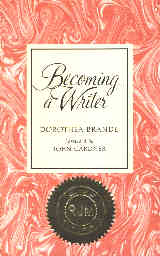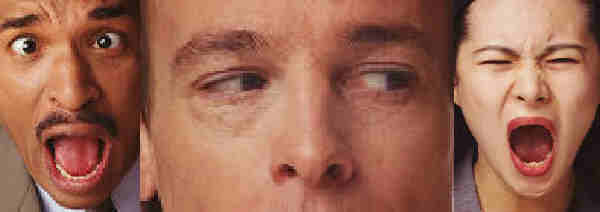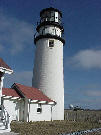While reading Gabrielle Rico's book on writing I came upon repeated quotations from this book, a classic of 1934, which contains a compilation of the techniques used by Brande in her creative writing classes in the twenties. It is a classic in the sense of timelessness because Brande writes as though she were writing today with our wealth of split brain/dual brain studies, but without using the buzzwords, only the insights. Her understanding of the conscious and unconscious mind of writers and artists was as complete as a World Class NLP Practitioner in both her exercises and her use of metaphor. By the elegant use of these, she prepares us for a lifetime of creative writing experiences.
The first part of the book fell victim to a process in me that she warns about in the middle of the book: I told someone about the book and thereby removed the information I would otherwise have to share with you here. The metaphor she told was of a writer who spent his gestation times lying on his back on the grounds of his house looking up at the clouds. This worked well for him until members of his family, seeing him alone, took the opportunity to come over to talk to him. During one of these talks, he shared with one of them the book he was working on in his head and when he got back to the house, both the idea and the impulse to write it down had disappeared. After that he began feeding pigeons in the park.
Brande's first exercise describes what Peter Elbow 50 years later came to call "free-writing" exercise. The exercise in one form or another has appeared also in Rico's book and the "Writing Down The Bones" of Natalie Goldberg. Brande must be the innovator of the concept. After free writing she suggests getting up an hour earlier than usual and writing as much as possible. Next step is to move that time to one that you consciously set. Then go back and read your accumulated free-writings (after a long, non-reading hiatus) to find a subject of your own to write about and to set an appointment three days hence to sit down and write in one setting a complete work.
Note the careful stepwise design and how each step is anchored in before proceeding to the next step. She anticipates Carl Jung's collective unconscious and our New Age understanding of higher consciousness: "X is to Mind as Mind is to Body," what is X? Only your Higher Consciousness knows for sure.
~~~~~~~~~~~~~~~~~~~~~~~~~~~~~~~~~~~~~~~~~~~~~~~~~~~~~~~~~~
 ~~~~~~~~~~~~~~~~~~~~~~~~~~~~~~~~~~~~~~~~~~~~~~~~~~~~~~
~~~~~~~~~~~~~~~~~~~~~~~~~~~~~~~~~~~~~~~~~~~~~~~~~~~~~~



